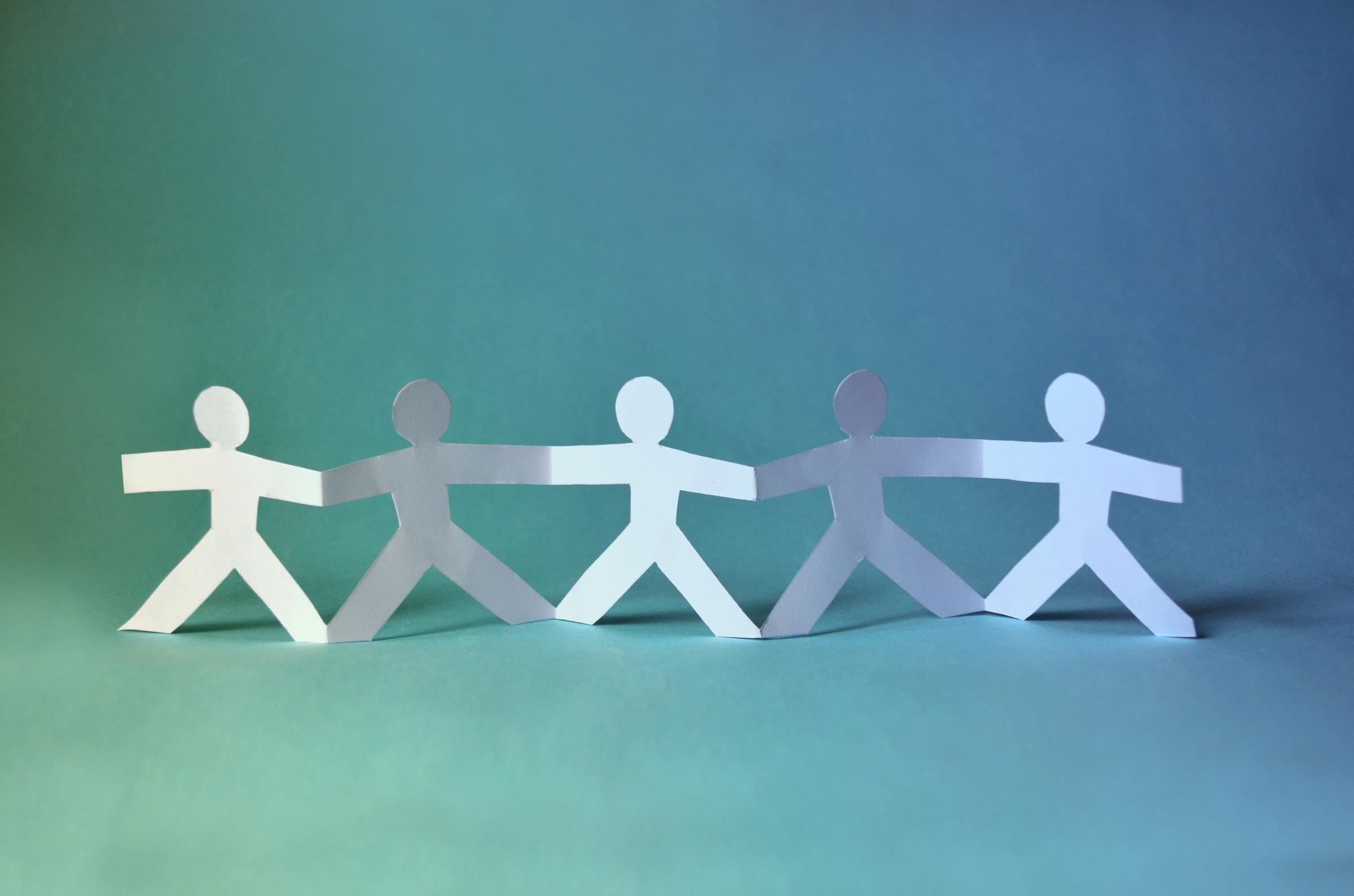Parents Page

Readings for Parents
Each week we will publish readings for parents to support your child in their learning.
21st Century Learning
It's not just about technology its about thinking! Technology is the tool not the teacher.
This article while based in America is just as relevant to the children in Australia. Technology is only one part of 21st century learning. Children still need other skills, reading, writing, speaking, mathematics, science etc.
21st Century Learning
Why should my family think about 21st century learning?
Today’s students will graduate into a world where the demands of our professional, personal and public lives grow more complicated every year.
- An innovation and creativity-driven economy: They will enter a job market that rewards creativity, flexible thinking, on-the-job learning and comfort with technology.
- A more globally-connected world: Their classmates and co- workers may live in the same post code or across the globe.
- Information overflow: We get dizzying amounts of information every day. It can be hard to figure out what is reliable and how to use it.
- An expanded civic life: citizens are active in physical communities, online and through social media, getting involved in local politics as well as global initiatives.
Instead of slowing down, these trends are gaining momentum. As a result, our students need to be more globally aware, better able to navigate the digital world and more engaged as 21st century citizens.
Parents, families and schools play a key role by supporting the development of 21st Century Skills and 21st century citizenship. Providing your child with a 21st century education will give them opportunities to develop the skills, knowledge and mindsets they need to be successful in college, career and life.
What do they need to succeed?
What do kids today need to succeed in college, career and life?
Students must not only be prepared for future education and work, but for their role in the world around them. Each one is equally important to ensuring and shaping a child’s successful future.
Preparing children for 21st century learning and citizenship is a team effort. As parents, we support 21st century learning at school while we help to inspire and expand our children’s horizons at home. By doing this, we help our children become:
Informed about and ready to respond to local, national and global issues;
Knowledgeable in core academic subjects as well as more complex areas such as the environment, finance, the economy, health and business; and
Able to participate safely, intelligently, productively and responsibly in the digital world.
Building Blocks
What are the building blocks for 21st century learning and citizenship?
21st Century Skills are a set of academic building blocks—abilities and ways of thinking—that can help kids thrive as 21st century citizens. The Partnership for 21st Century Learning identifies these skills (or the 4Cs as they are often called) as:
- Critical thinking and problem solving
- Communication
- Collaboration and
- Creativity and innovation
As today’s students face higher expectations in both school and the workforce, 21st Century Skills help to prepare students for what they will need to know and be able to do in school and college, at work and throughout all aspects of personal and civic life. Students can build these skills by applying them as they learn regular school subjects. And we know that pointing out these skills will actually increase students’ grasp of what they’re learning, as well their overall engagement in their own education.
Our classrooms
What does a 21st century education look like?
A 21st century classroom looks, sounds and feels different than what you might remember from your own education.
Students often work in teams, tackling projects that deal with real local and global problems in health, the environment, business and more.
Teachers help students to ask tough questions and work through problems – but might not provide all of the answers.
Students get to apply their knowledge, and prove what they know by presenting to their classmates, school or even their community.
Where and when?
21st century learning can take place both inside and outside of the classroom. Students make use of new and emerging technologies and online resources—both through self-directed exploration outside of school and guided by a teacher in school.
Readiness for the 21st century must include college, career, AND citizenship. Each one is equally important to ensuring and shaping a child’s successful future. We need to support our kids as they learn how to succeed, lead and thrive in the 21st century. Our children need high quality education that inspires them and prepares them for the real-life challenges of today’s world.
